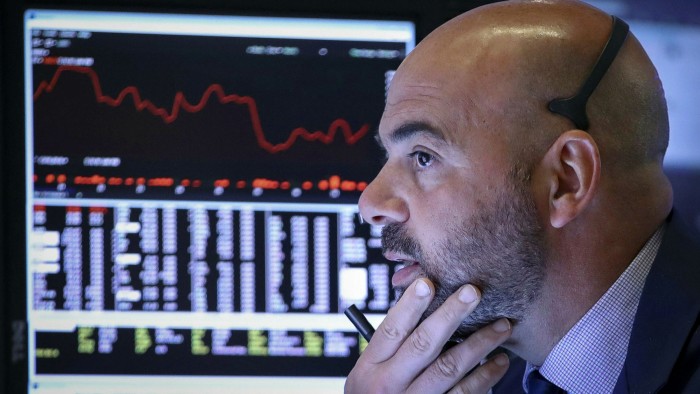Smart beta ETF launches sink to 12-year low

Simply sign up to the Exchange traded funds myFT Digest -- delivered directly to your inbox.
Latest news on ETFs
Visit our ETF Hub to find out more and to explore our in-depth data and comparison tools
Factor-focused strategies may no longer be the exchange traded fund industry’s shiny new thing. However, investors have not abandoned strategic beta ETFs with “plain vanilla” tilts and relatively low fees, Morningstar research shows.
Last year investors sank $131bn into strategic beta ETFs, which are focused on so-called investment factors such as momentum, minimum volatility, value and growth.
This was up 12 per cent on 2020, Morningstar said in a recent report, an acceleration from the “low single-digits” organic growth rate in the previous 12 months. Despite this, strategic beta ETFs now account for 20 per cent of the overall ETF market, a little below the high of nearly 22 per cent at the end of 2019.
“It’s found its place within the broader [ETF] menu,” said Ben Johnson, director of global ETF research at Morningstar. Much like other types of ETFs, investors have made up their mind about how much they want to allocate to various factors — and how much risk they want to take in choosing among the many options.
However, sponsors may opt to kill certain products because many segments of the strategic beta market are “saturated, if not oversaturated”, Johnson said.

This article was previously published by Ignites, a title owned by the FT Group.
Just 17 strategic beta ETFs were launched last year, the lowest number since 2009, when just seven debuted, Morningstar noted. Eleven such ETFs closed, the fewest since 2016. In all, 179 factor-tilting strategies have been closed down in the past five years.
Johnson expected sponsors to pull the plug on multi-factor strategic beta products that were built as a “stop-gap” measure for active mutual fund managers who wanted to get into ETFs but were not ready for fully active strategies, he said. Managers may reassess products “collecting dust on the shelf, given the complete change in appetite” for active management, he added.
But not all strategic beta players see the market as slowing.
“We’re still in a phase of rapid growth,” said John Hoffman, head of Americas ETF and indexed strategies at Invesco. He pointed to the 12 per cent growth rate and strong sales noted in the Morningstar report as evidence that, 20 years into the movement, investors are still finding opportunities to displace traditional, broad-based, market capitalisation-weighted ETFs with more targeted products.
The huge drawdown in markets during the 2020 Covid-19 crash reduced some of the expenses that investors must incur to move to smart beta strategies, such as capital gains on offloaded securities, Hoffman said.
“As money was shaken out of the markets, it’s moving towards better technology, toward more efficient ways of allocating,” he added.
Demand was strongest last year for early-generation smart beta products, Morningstar said. Investors ploughed nearly $60bn into value-focused ETFs in 2021, representing an organic growth rate of nearly 24 per cent. Another $42bn went into dividend-oriented strategies, according to the report.
*Ignites is a news service published by FT Specialist for professionals working in the asset management industry. It covers everything from new product launches to regulations and industry trends. Trials and subscriptions are available at ignites.com.

Click here to visit the ETF Hub

Comments